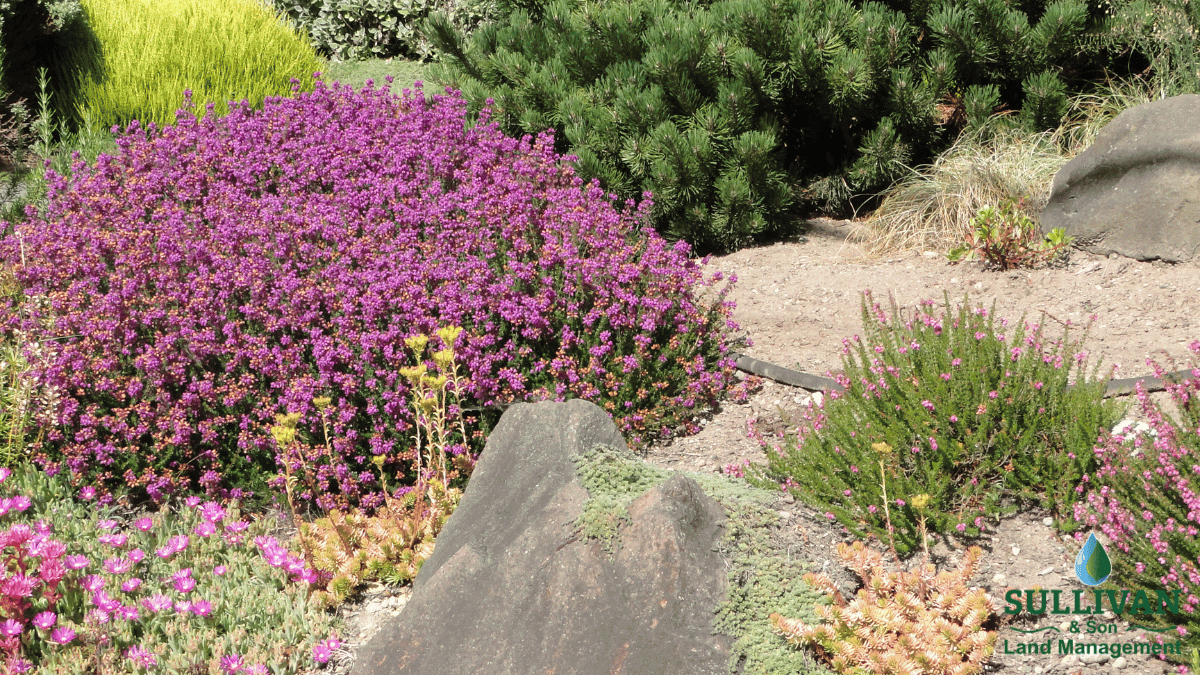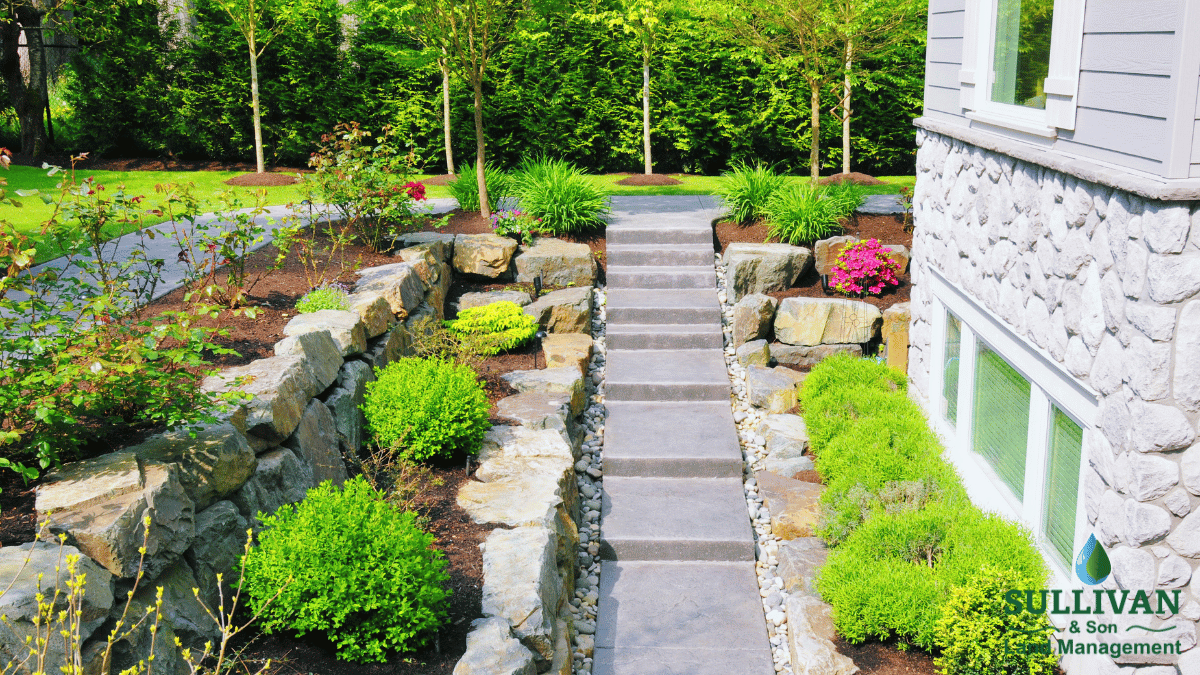Your Darien waterfront property came with million-dollar views and a maintenance headache most inland homeowners never think about. Salt spray kills your shrubs by August. Sandy soil won't hold water. And after every nor'easter, you're watching another chunk of your lawn slide toward Long Island Sound. Standard landscaping advice doesn't cut it when you're fifty yards from the water.
We've worked enough Darien shoreline properties to know what actually survives here. It's not about fighting the coast—it's about working with it. The plants that thrive are the ones that evolved getting blasted by salt six months a year. American beachgrass doesn't just tolerate beach conditions; it needs them. Same with northern bayberry and rugosa rose. These aren't garden-center ornamentals that'll give up after one winter. They're the workhorses that stabilize dunes and handle whatever the Sound throws at them.
The trick is zoning your property by exposure. Put your toughest, lowest grasses right at the water's edge where salt concentration is highest. Move twenty feet back and you can layer in bayberry or seaside goldenrod—they'll catch wind, trap blowing sand, and give you some height variation. Another thirty feet inland, you've got enough buffer to plant small trees that wouldn't last a season closer to shore. One client near Pear Tree Point tried planting hydrangeas eight feet from their seawall. Beautiful for six weeks, then the leaves turned brown and crispy. We replanted the same spot with rugosa roses and salt-tolerant sedges. Three years later, they're thriving and actually reducing the amount of sand that was blowing onto their patio.
Don't overthink the soil amendments. Sandy coastal soil drains fast—that's actually a feature, not a bug, because most salt-tolerant plants hate wet feet. Add some compost to help with water retention, but you're not trying to create inland garden beds here. The plants that work in Darien coastal zones are adapted to lean, fast-draining soil. Overdo the organic matter and you'll create soggy pockets that encourage root rot.
Now, erosion. If you're losing ground every storm season, planting alone won't fix it—but hard armoring isn't always the answer either. Bulkheads and riprap can work, but they're expensive, they change how sediment moves along your shoreline, and they often require permits that take months. We've had better long-term results with living shorelines: native marsh grasses combined with coir logs that trap sediment while the plants establish. It's not instant, but by the second growing season you've got a root system holding soil that a seawall never would. One Tokeneke property we worked on was losing two feet of bank per year. We installed a terraced planting with beachgrass, bayberry, and strategically placed stone to slow runoff. Year three, the erosion stopped. Year five, they had new soil building up behind the plants.
Start with a honest site assessment. Walk your property after a storm and see where water's moving, where salt spray is hitting hardest, where you're losing soil. If it's minor erosion and manageable exposure, you can handle it with the right plants and some mulch or biodegradable barriers. If you're looking at severe washout or structural risk, bring in a coastal engineer before you spend money on plants that won't have ground to root in. Either way, stage your plantings—don't try to revegetate your entire shoreline in one April afternoon. Give each section a season to establish before you move to the next zone.
Your coastal property doesn't have to be a maintenance nightmare. With the right plants in the right zones and a realistic approach to erosion, you'll spend less time replanting and more time enjoying the water. And if you're staring at a slope that's disappearing faster than you can fix it, call us. We'll walk the site and tell you what'll actually work—no fluff, just what we've seen hold up on dozens of Darien shorelines.




